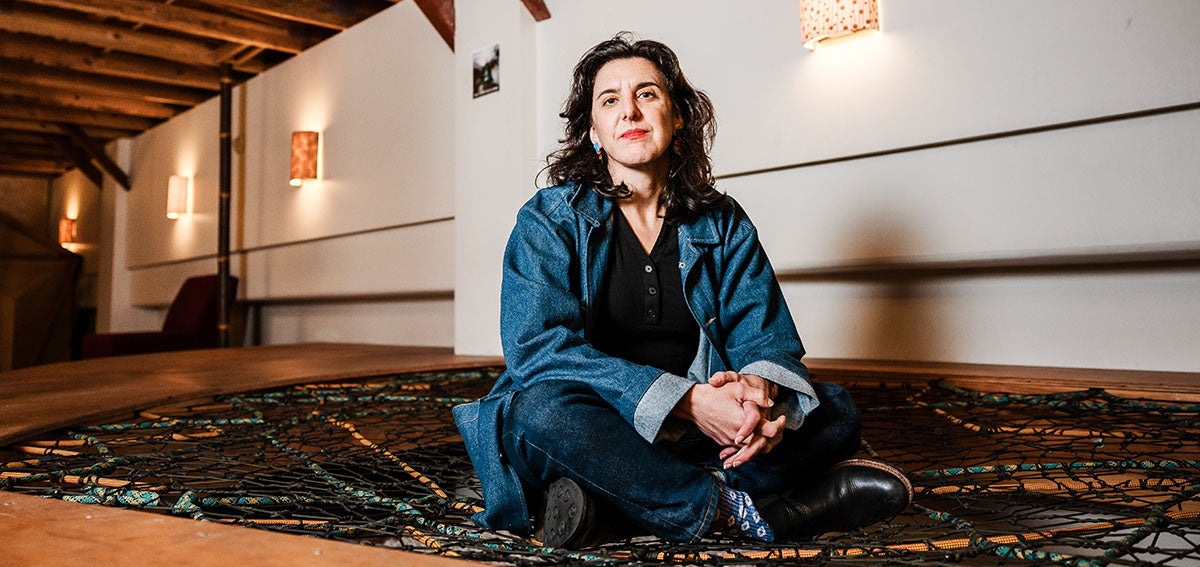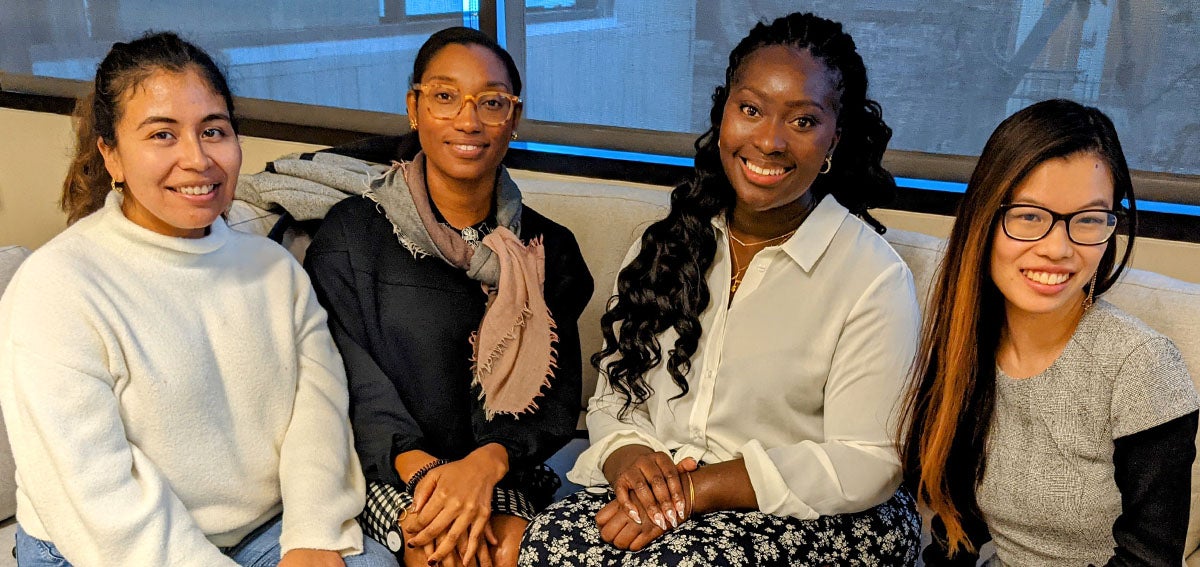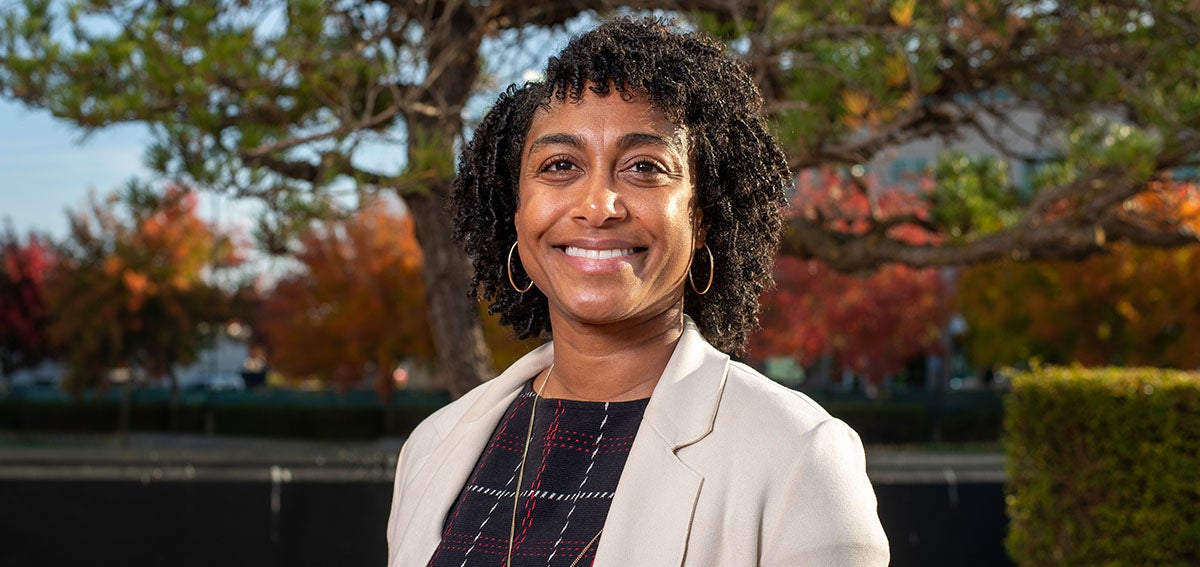|
Getting your Trinity Audio player ready…
|

I think often about why I chose such a challenging career path, and hear the echoes from the voices of educators and administrators who told me I couldn’t do it.
I’ve worked as a physician in California for 14 years – many in so-called Federally Qualified Health Centers in underserved areas. In California there is a lack of representation not only with Latino physicians, but Black physicians as well. This is a major barrier to achieving health equity.
Millions of patients are not getting the quality care they deserve from doctors who look like them and speak their language. Research has shown that newly trained physicians of color answer the call to return to their communities and provide culturally competent care that results in improved patient outcomes.
California has a lot of work to do to build a representative workforce. While the statewide Latino population is 39%, Latinas make up less than 3% of California physicians, and Latinos overall account for only 6%. Nationwide, less than 7% of all physicians are Latino, despite the country’s Latino population being 19%.
Little has changed since I went to medical school.
We can do better, and it starts with listening to doctors from underrepresented communities who know what we and our patients need. My journey to becoming a physician started when my parents immigrated to the U.S. from Ecuador. Since they only spoke Spanish, I became their translator.
As a volunteer translator at the UC Irvine Medical Center, I later became aware of what’s known as culturally and linguistically concordant care and its association with better health for our comunidad, our community.
I will never forget the time I was translating for a neurologist caring for an infant with spina bifida, a birth defect of the spine and spinal cord. The neurologist grew impatient and ended the visit by bluntly telling the parents, “No, your child will never be able to walk.” The doctor abruptly left the room, and I was left to translate this terrible news, feeling heartbroken for the parents and feeling like there was nothing I could do.
That interaction has haunted me for the past 27 years. What if a Spanish-speaking Latino physician had been there? What would it have meant to them for a doctor who spoke their language and understood their culture to answer their questions, explain their child’s condition and provide compassionate care?
Think about all the patients who, because of this language barrier, leave their doctors’ offices without a clear understanding of their diagnosis or how to take their medication. When patients share the same race or ethnicity, language and culture with their provider, it enhances patient health experiences.
When I was a pre-med student at UC Irvine, I was fortunate to find the group Chicano/Latinos for Community Medicine. Not many Latinos on campus were pursuing medicine, but we formed an important network. We studied together and listened to each other’s journeys of being told that our test scores weren’t good enough to apply to medical school. We found advisers to mentor us and we encouraged each other to pursue our dreams of medical school.
More Latino students should be encouraged to apply to medical schools, and we must find ways to see that they survive the process. Latino students need financial support, mentoring and guidance to navigate the journey from pre-med to medical school through residency programs and into their first years as practicing physicians.
At the same time, the Latino community needs increased representation for Latino physicians in leadership positions on college campuses and in hospitals. We must act and hold educational and health care organizations accountable for the sake of our patients.
Necesitamos más. We need more – because 6% is not enough.
This article was produced and first published by CalMatters on October 18, 2023.
Authors & Contributors

Veronica Contreras
Veronica Contreras, DO, is a family medicine physician in Jurupa Valley, California.





